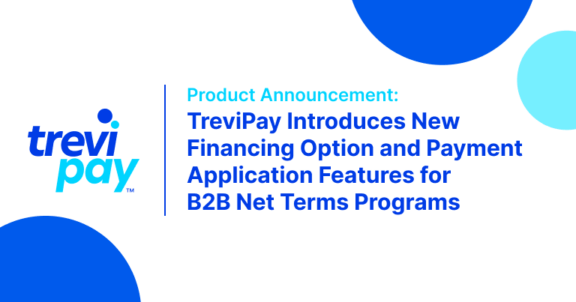News & Insights · Approx. 4 minute read
Top 21 Business Financial Streamlining Tips from the Pros

1. Establish a Succession Plan – Jay DesMarteau, Head of Commercial Specialty Segments, TD Bank
Part of keeping financial processes streamlined is having a plan, even if it focuses more on the future rather than the near-term. TD Bank’s Small Business survey found that 59% of small business owners do not have a retirement/business succession plan in place. Owners should consider working with a banker or financial professional to establish a comprehensive retirement or succession plan to set their business — and themselves — up for long-term financial success. Once you have a plan in place, you can continue to focus on making their businesses successful in the present.
2. Keep Your Finances Organized – Ben Kurland, Co-Founder, BillFixers
The most important element of keeping your finances streamlined is actually having them organized. Most startups end up with services and expenses that you don’t actually need or that you’re way overpaying for because growth is the priority. A startup will need a solution to a problem fast, so they’ll sign up for a monthly SaaS product. But then six months down the line it’s completely irrelevant to your processes, but you’re still paying for it. You can monitor your subscriptions using Divvy, QuickBooks, or a subscription tracking tool. Once you know what your costs are, you can get to work either canceling unnecessary ones or negotiating them down.
3. Know the Importance of Scheduling Tasks – Kurt Rathmann, CEO & Founder, ScaleFactor
Delegating daily tasks will create a visible schedule for small business owners to stick to, so they don’t lose track of their financial goals. For example, Mondays can be spent checking cash positions, Tuesdays can be spent reviewing and scheduling unpaid bills, Wednesdays can be spent reviewing and sending invoices, and so on. This will make accounting more organized and streamlined for business owners so that there is more time that can be focused on their business’s bottom line and less on financial stresses.
4. Automate Reminders & Recurring Billing – Rachel Cottam, Marketing Manager, ZipBooks
Use automated late payment reminders so clients don’t go too far from the due date and forget about the purchase. Follow up the day after payment is due and schedule additional reminders as well. If you have customers who make the same purchase every month, don’t waste your time rewriting the same invoice. Set up recurring invoicing with secure storage of credit card information and automatic payment. Then send automated receipts once the invoice has been fulfilled.
5. Look for Double-Wins – Jared King, Co-founder & CEO, Invoiced
When we think about streamlining, we tend to focus on gaining efficiency. But sometimes streamlining financial operations cannot only bring greater efficiency but also improve performance. For example, in accounts receivable, many companies end up automating their billing and collections process and seeing huge time savings, up to 95% in some cases. But as a result, they also shorten the time it takes to get paid. For many businesses a key metric for collections is Days Sales Outstanding (aka DSO). This is an important cash flow performance metric for companies both big and small. So when you can find streamlining solutions and efficiencies that not only save time but also improve key performance measures, you’re winning two ways.
6. Immediately Invoice Your Sold Products/Services – James Stefurak, CFA, Founder, The Invoice Factoring Guide
If you recently sold a product or render a service and you had to wait for your client’s payment, it’s best to send them an invoice immediately to get paid faster. It’s natural to wait a little bit after services have been rendered, and some people think invoicing immediately may seem pushy. But it isn’t — in fact, it’s an effective way to streamline your accounts receivable.
7. Use Solutions Like TreviPay® – Brandon Spear, President, TreviPay
SMBs need to take advantage of solutions like TreviPay to optimize their time and money. This solution can issue credit lines in less than a minute, automate the customer onboarding process, and apply unique B2B customer invoicing, accounts payable and payment term requirements. This provides customers flexibility and an enhanced experience. TreviPay will streamline back-office processes for SMBs and help them grow faster too.
Get the remaining 13 tips in the full article on FitSmallBusiness.
Stay up-to-date with the latest from TreviPay
Thank you for subscribing! You will now receive email updates from TreviPay.



